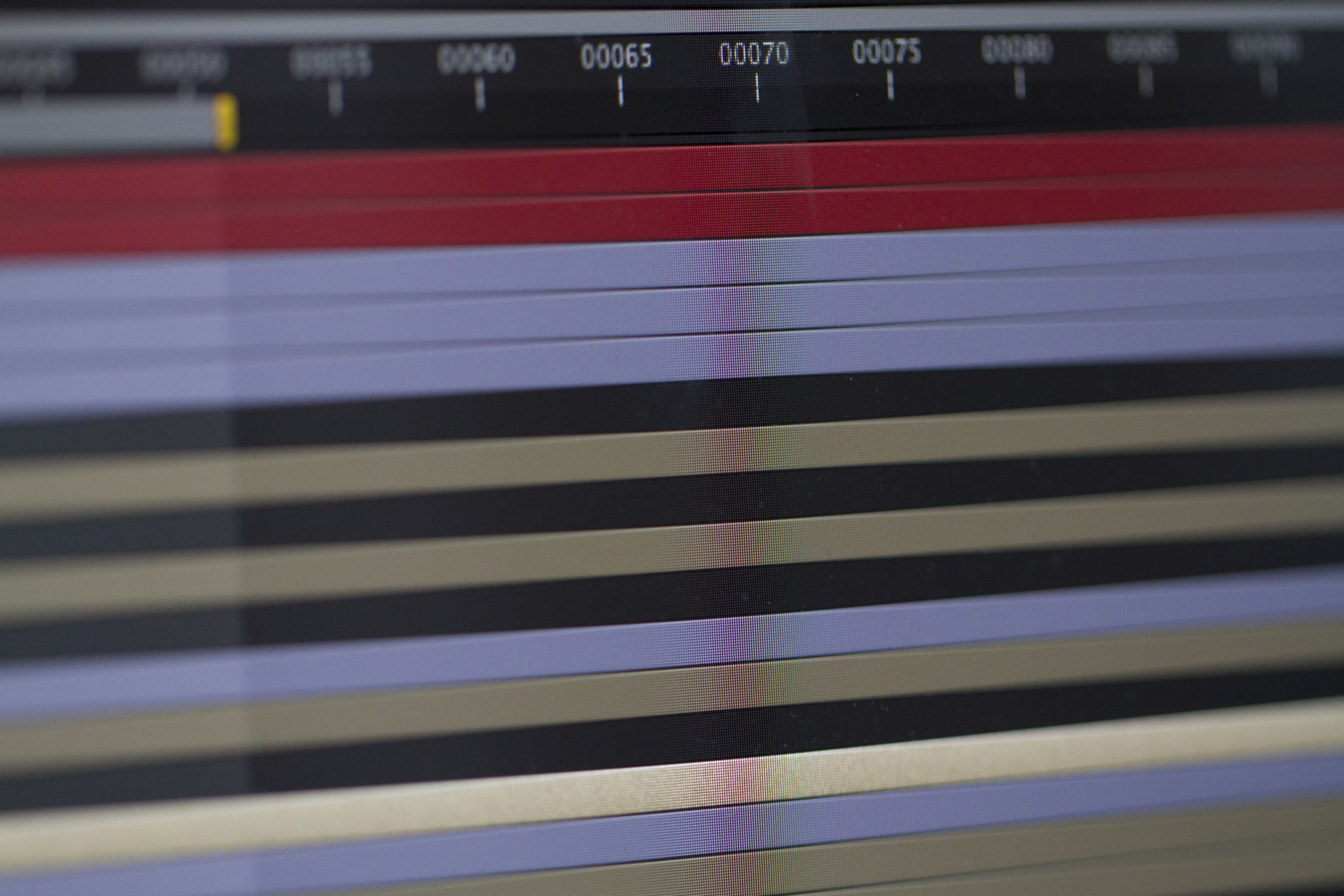A Beginner's Guide to Video Post Production: From Raw Footage to Final Cut
Understanding the Basics of Video Post Production
Video post production is the final step in the filmmaking process, where raw footage is transformed into a polished, cohesive story. This phase involves several key tasks, including editing, color correction, sound design, and adding special effects. For beginners, diving into video post production can be daunting, but understanding the basic steps can simplify the process and improve your final product.
At its core, post production is about bringing your vision to life. It's where you refine the narrative, enhance visuals, and create an immersive experience for your audience. Whether you're working on a short film, a documentary, or a YouTube video, mastering the essentials of post production is crucial to your project's success.

Step 1: Organizing Your Raw Footage
The first step in post production is organizing your raw footage. This involves reviewing all the clips you have filmed and categorizing them based on scenes, takes, or angles. Effective organization can save you time during the editing process and ensure that you don't overlook any important shots.
Consider using video editing software like Adobe Premiere Pro or Final Cut Pro to help with this task. These programs offer features that allow you to label clips, add metadata, and create bins for easy access. Being methodical about this step can streamline your workflow and make it easier to find the footage you need when you start editing.
Step 2: The Editing Process
Once your footage is organized, it's time to dive into the editing process. This is where you cut and arrange clips to form a coherent narrative. Start by creating a rough cut, which is essentially a draft of your final video. Focus on getting the sequence right and ensuring that the story flows logically.
During editing, pay attention to pacing. The rhythm of your edits can greatly influence how your story is perceived. Quick cuts can create excitement and urgency, while longer shots can evoke emotion and contemplation. Experiment with different cuts to see what best serves your narrative.

Step 3: Enhancing Visuals with Color Correction
Color correction is an essential step in post production that involves adjusting the colors in your footage to achieve a consistent look across all clips. This process can correct errors in exposure or white balance and help set the mood for your video. Most editing software comes with built-in color correction tools that allow you to tweak brightness, contrast, saturation, and more.
After achieving a consistent look with color correction, consider moving on to color grading. Unlike color correction, which aims for consistency, color grading is about creatively enhancing colors to evoke specific emotions or highlight aspects of your story. This step can significantly impact the visual tone of your project.
Step 4: Adding Sound Design
Sound design encompasses everything from dialogue editing to adding sound effects and music. Audio is a powerful tool in storytelling; it can build tension, convey emotions, and immerse viewers in your world. Start by ensuring that your dialogue is clear and crisp. Use noise reduction tools if necessary to remove background noise.

Next, consider adding sound effects to enhance realism and depth. These could be ambient sounds like birds chirping or footsteps echoing in a hallway. Finally, select music that complements the mood of your video. Be mindful of volume levels to ensure that music and sound effects don't overpower dialogue.
Step 5: Final Review and Exporting
Before exporting your final cut, review your video thoroughly. Look for continuity errors, check audio levels, and ensure that all visual effects are correctly applied. It's also helpful to get feedback from others; fresh eyes can spot issues you might have missed.
Once you're satisfied with your video, export it in the appropriate format for your intended platform—whether it's for online streaming or a physical copy. Pay attention to resolution and compression settings to maintain the quality of your video while keeping file sizes manageable.

